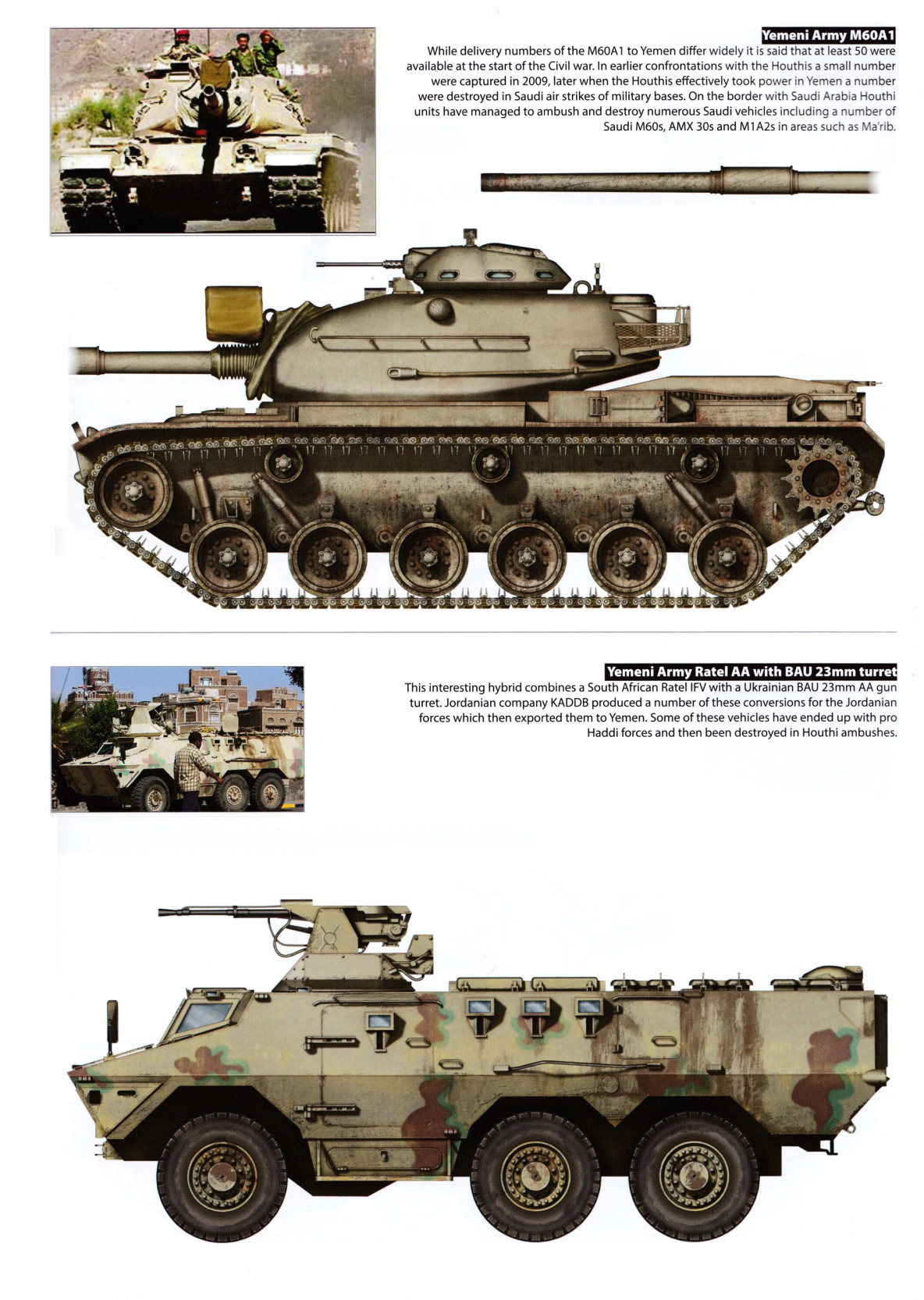
Following the unification of North Yemen (a traditional tribal based state) and South Yemen (a former Marxist secular state) in 1990 many in the South felt their oil reserves were being usurped by the North, the situation went from bad to worse. In 1994 a civil war erupted as Northern forces attacked and defeated the South, in October of that year a new electoral system would see the election of President Ali Abdullah Saleh. The story of the Yemen and its descent into chaos is interlinked with Saleh and his urge to grasp on to power come what may. The Arab spring brought ordinary people out on to the streets of North Africa and the Middle East demanding change, an end to corruption and so it was on the streets of Yemen in 2011 Saleh must go they demanded. It was decided Abdrabbuh Mansour Hadi his assistant would replace him. Hadi however was unable to deal with Southern separatists, Shia Houthis rebels and Saleh supporters, not to mention massive unemployment, food shortages and suicide bombings. Saleh and his supporters sided with the Houthis as they took over the capital Sanaa and attempted to take control of the entire country. As the Houthis surged forward in 2015 Hadi fled to Saudi Arabia, the Saudis in turn formed an alliance of Arab nations to attack the Shia Houthis, fearful of their connection with Iran. Saudi air strikes and governmental chaos has ensued with various factions commandeering old Russian built tanks, American APCs and South African IFVs. Houthis forces have also begun to retaliate Saudi bombings of markets and civilian infastruture by launching modified Scuds and SA-2 Guidelines at Riyadh.
The Yemeni civil war may escalate in the near term even as
limited diplomatic progress sets conditions for a potential political
resolution to the conflict. The al Houthi movement and Saudi Arabia are engaged
in cease-fire negotiations facilitated by Oman. Saudi Arabia also brokered a
deal between President Abdu Rabbu Mansour Hadi’s government and the
Transitional Political Council for the South (STC), a UAE-backed southern
separatist group, to stave off the complete fracturing of the anti–al Houthi
coalition by including the STC in future UN-brokered talks with the al Houthis.
Hadi government and STC officials have postured for a potential offensive
against the al Houthis since the signing of this deal, which has also allowed
Hadi government ministers to begin returning to Aden.
The al Houthis have escalated attacks inside Yemen in recent
months, signaling an effort to disrupt anti–al Houthi military capabilities and
possibly deter an offensive. The temporary al Houthi seizure of South Korean
and Saudi vessels in the Red Sea underscores the continued threat that the al
Houthis pose to commercial maritime traffic.
A political resolution to the civil war does not address the local conditions that Salafi-jihadi groups exploit in Yemen. Local power conflicts, anti-government sentiments, and governance gaps will persist in the areas where al Qaeda in the Arabian Peninsula (AQAP) and the Islamic State in Yemen operate today even if a national cease-fire is achieved.